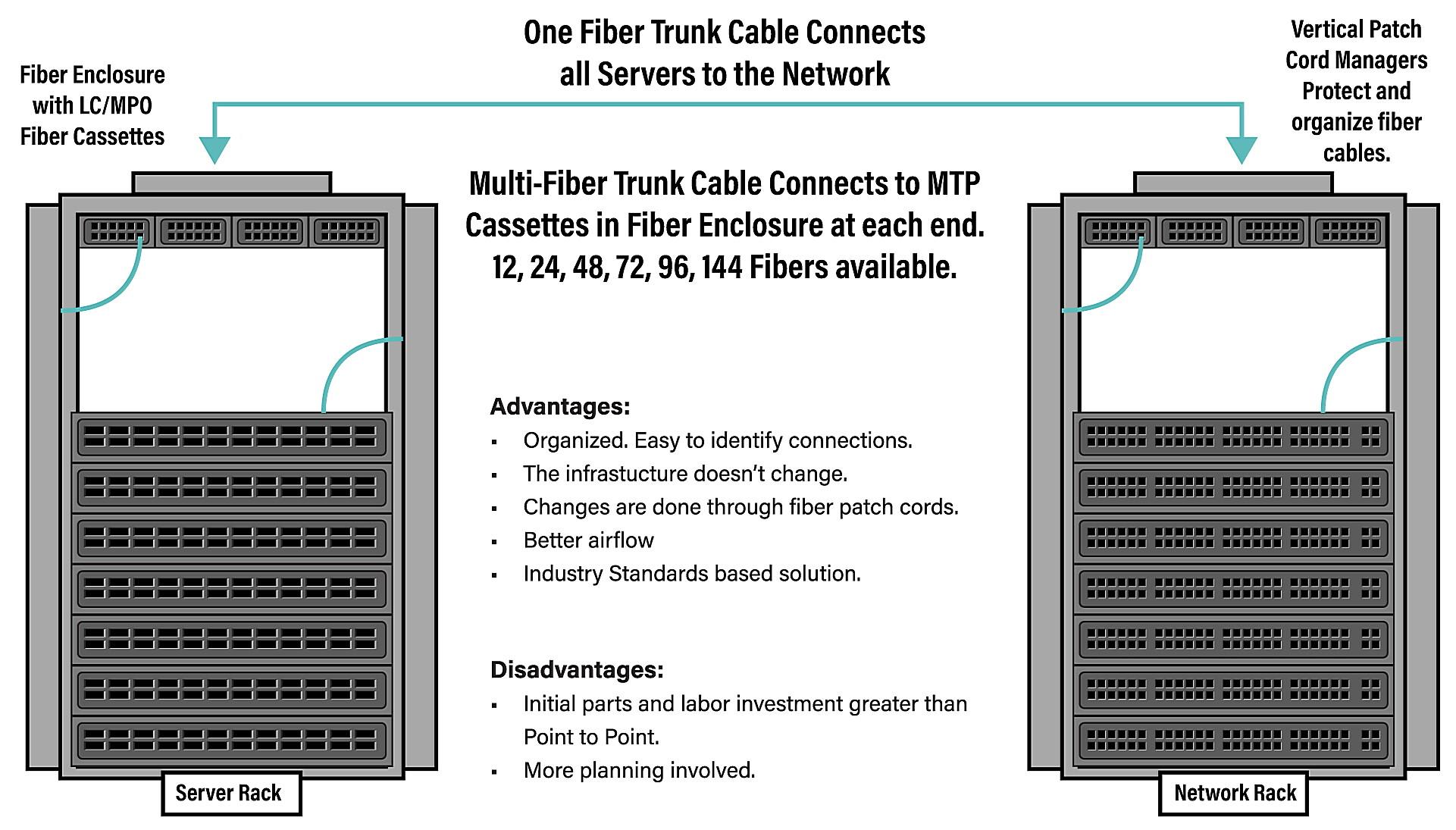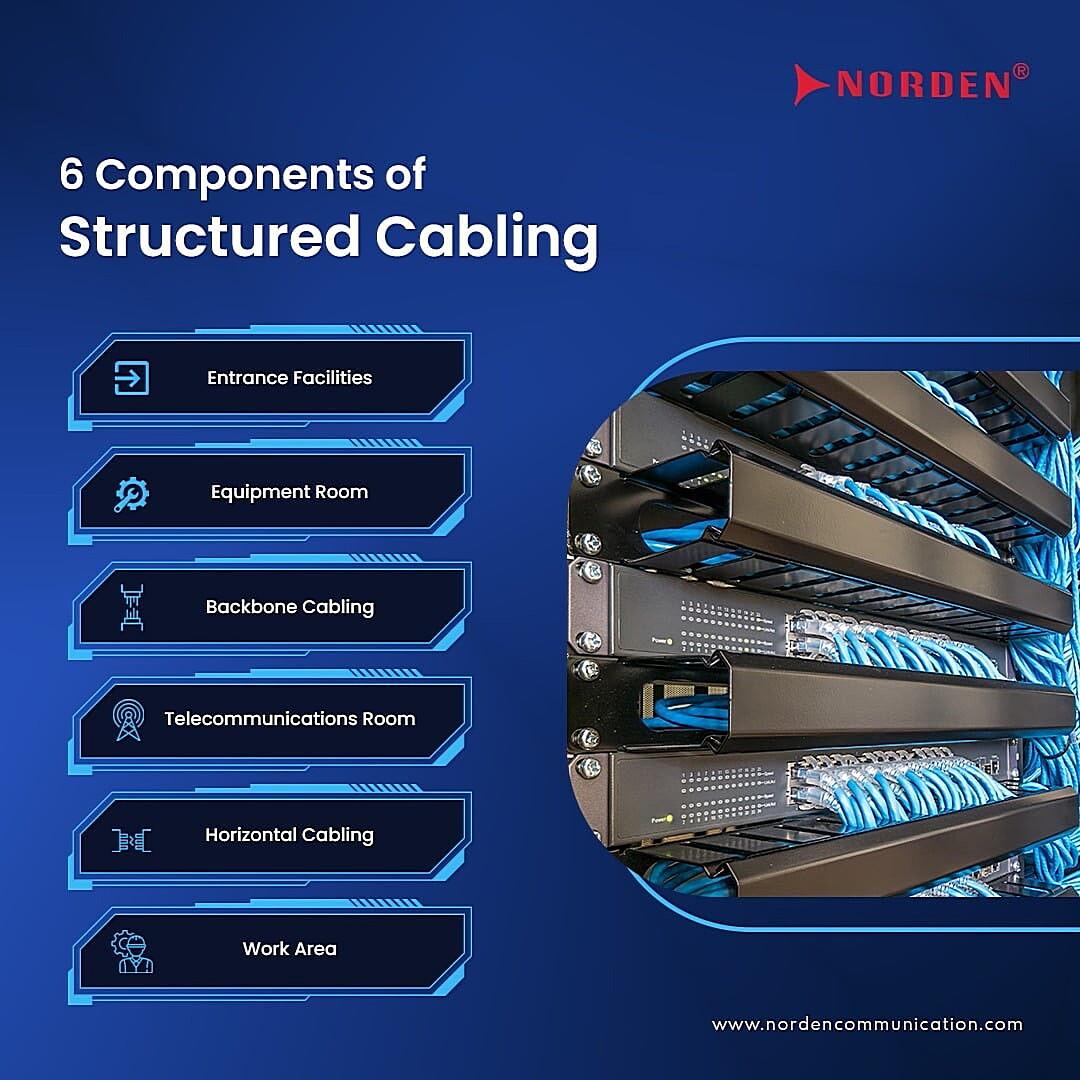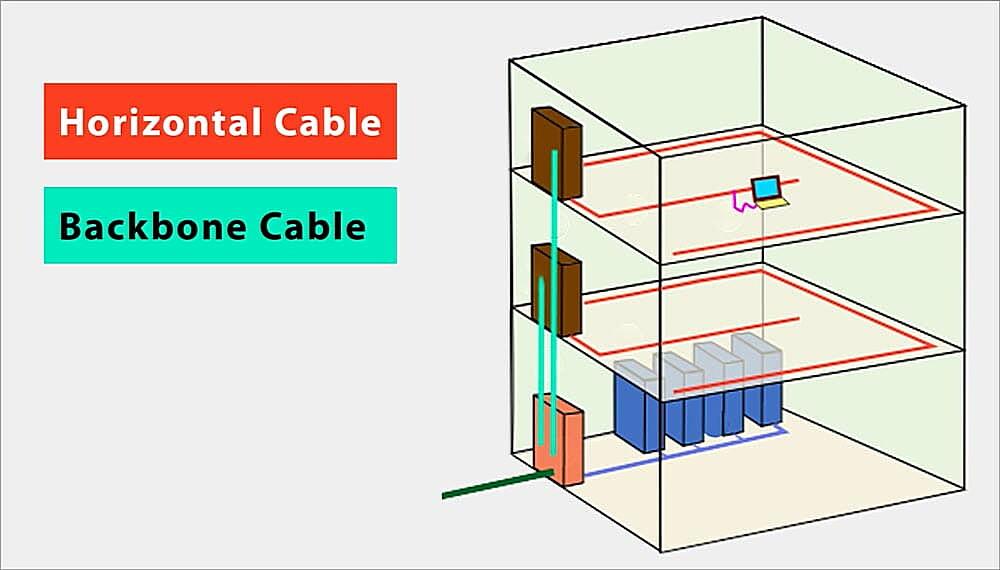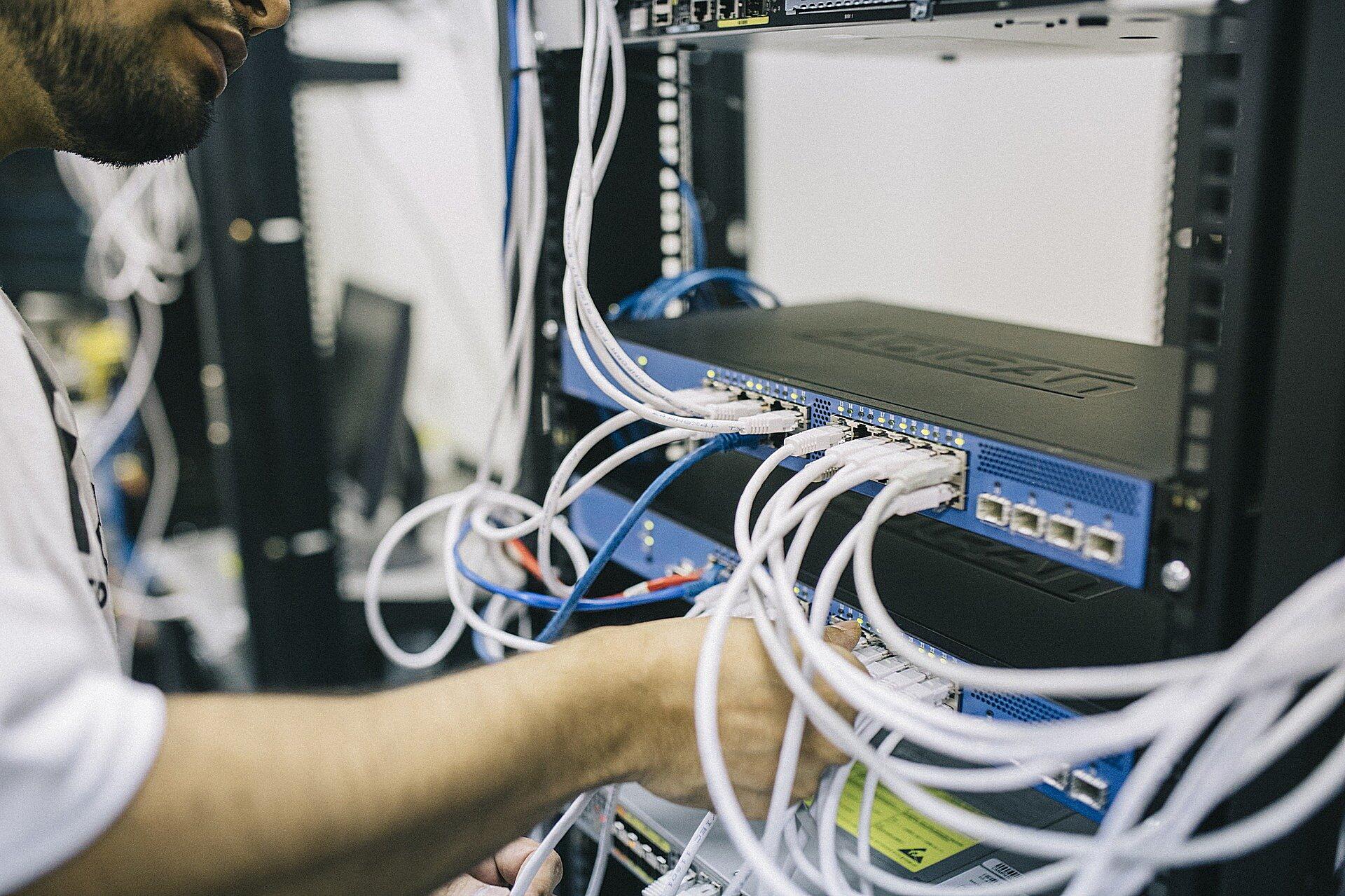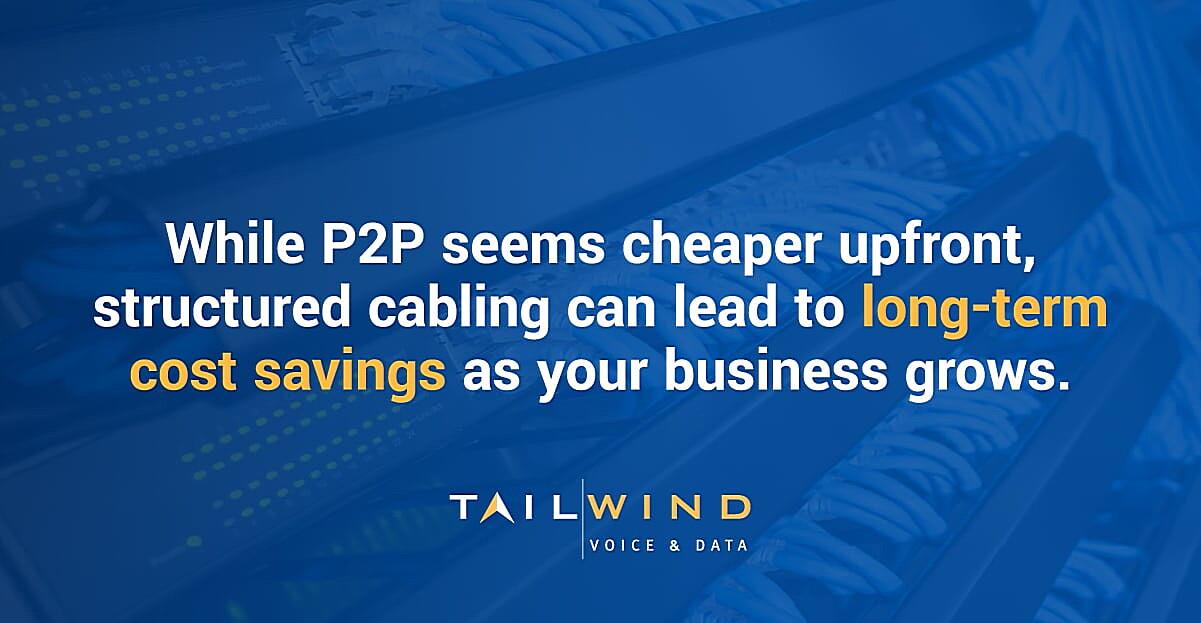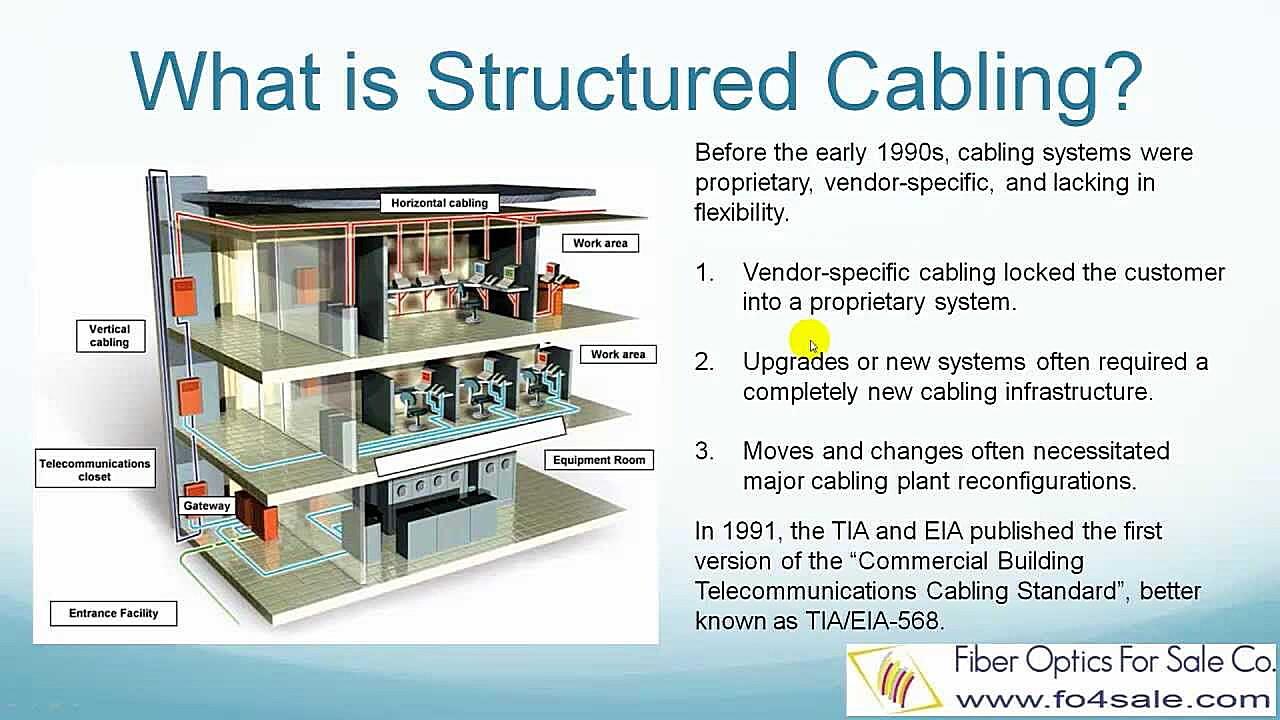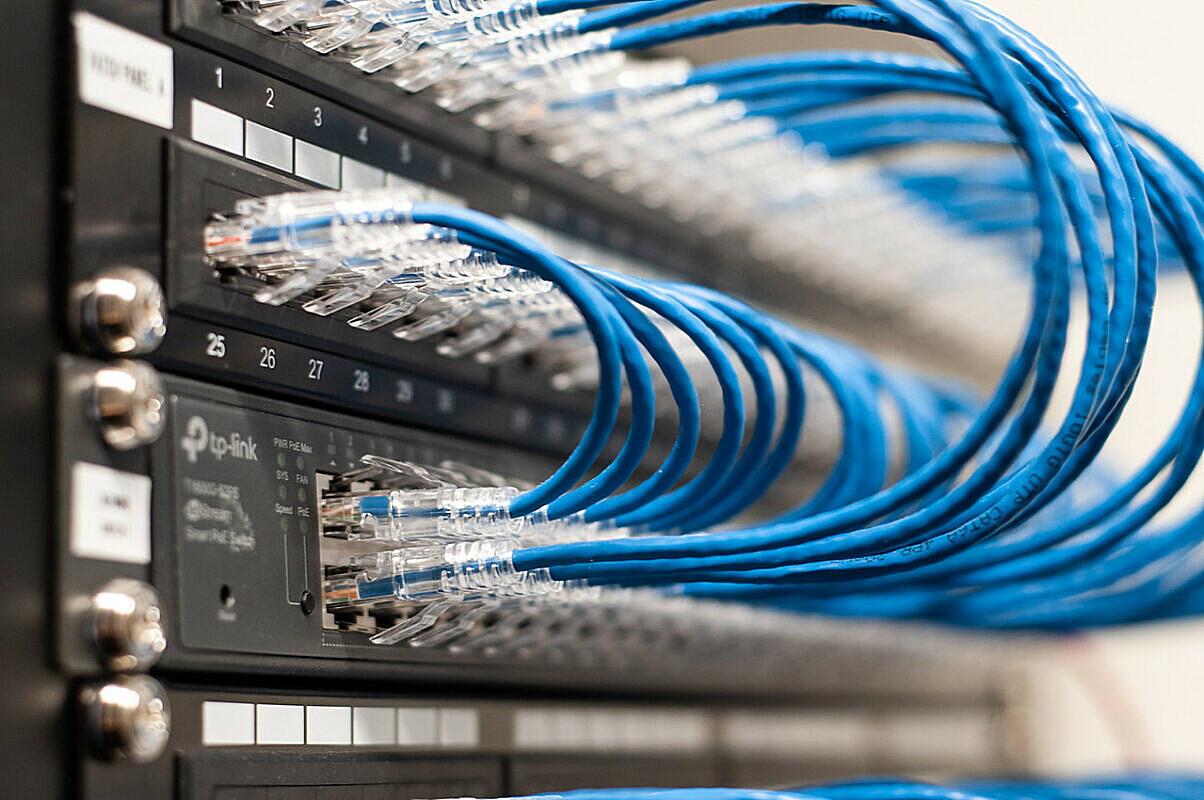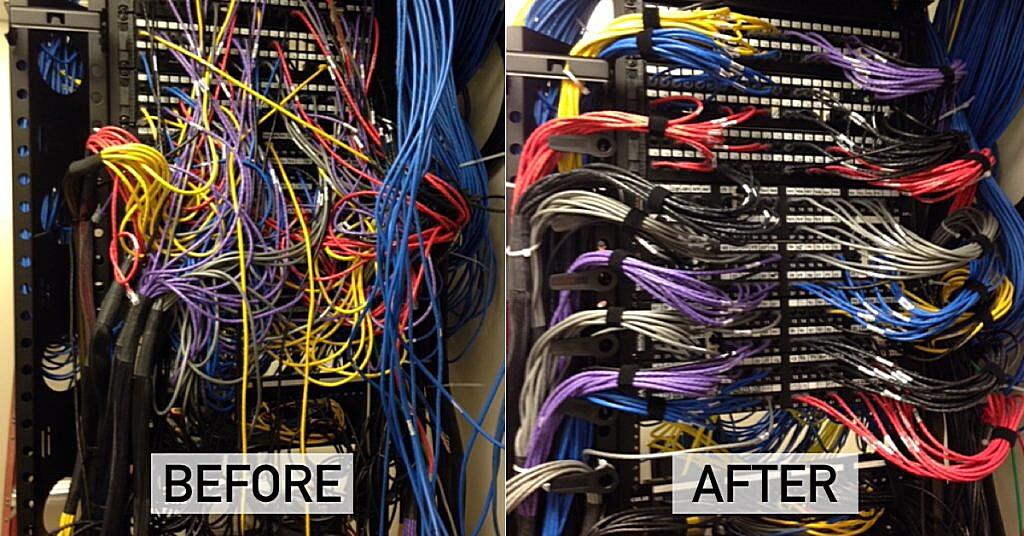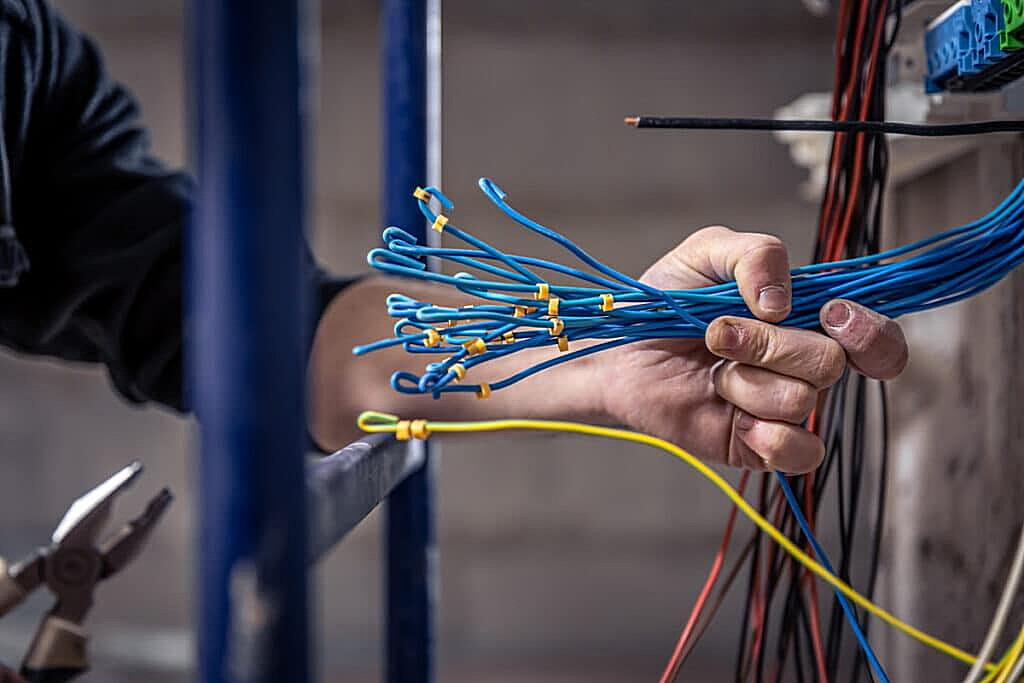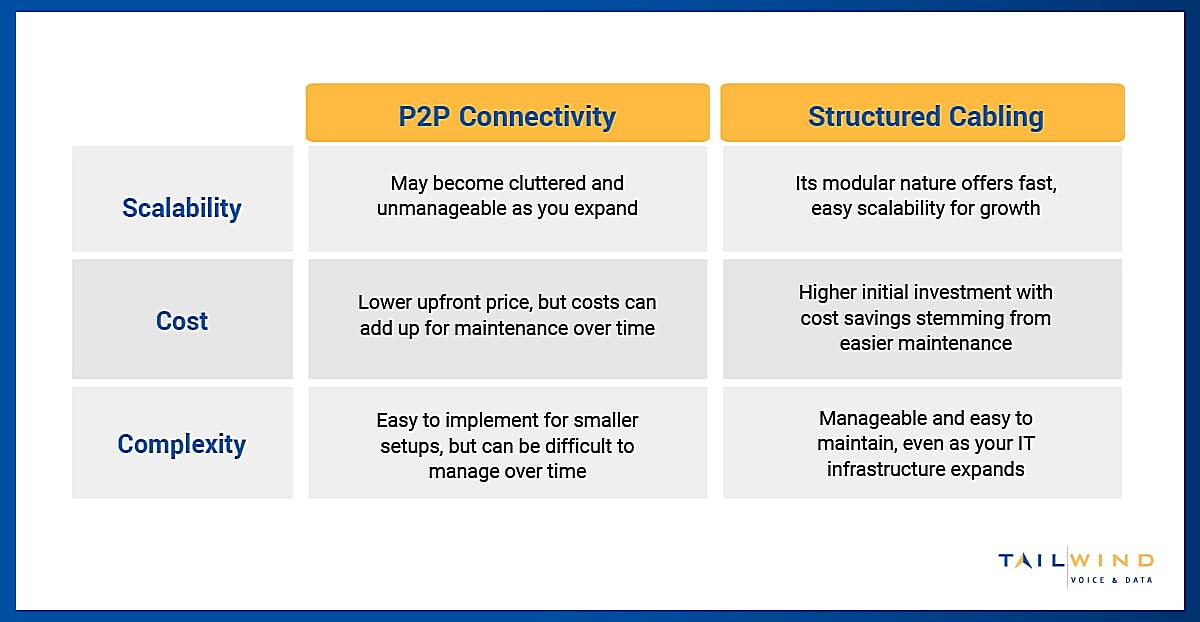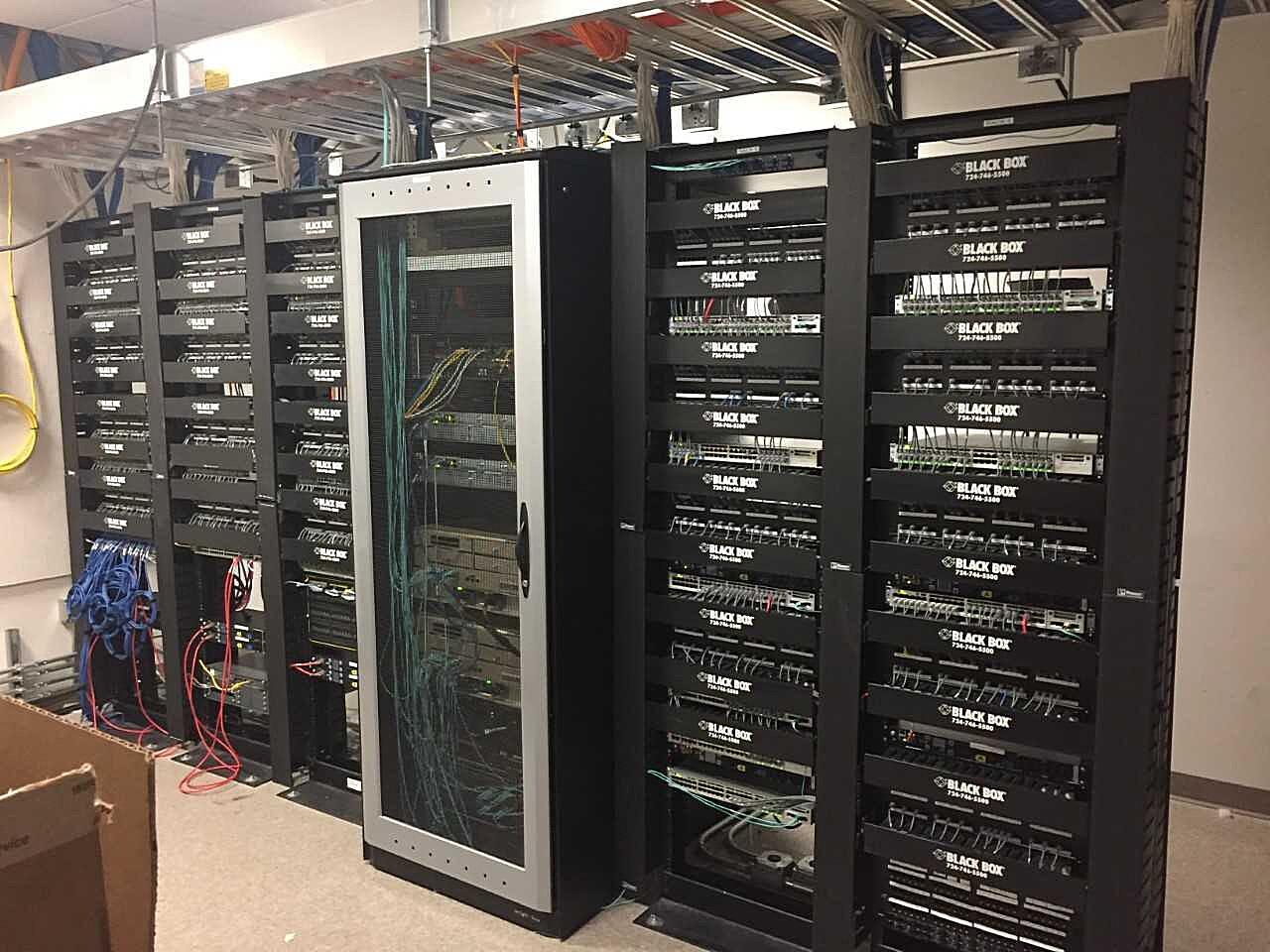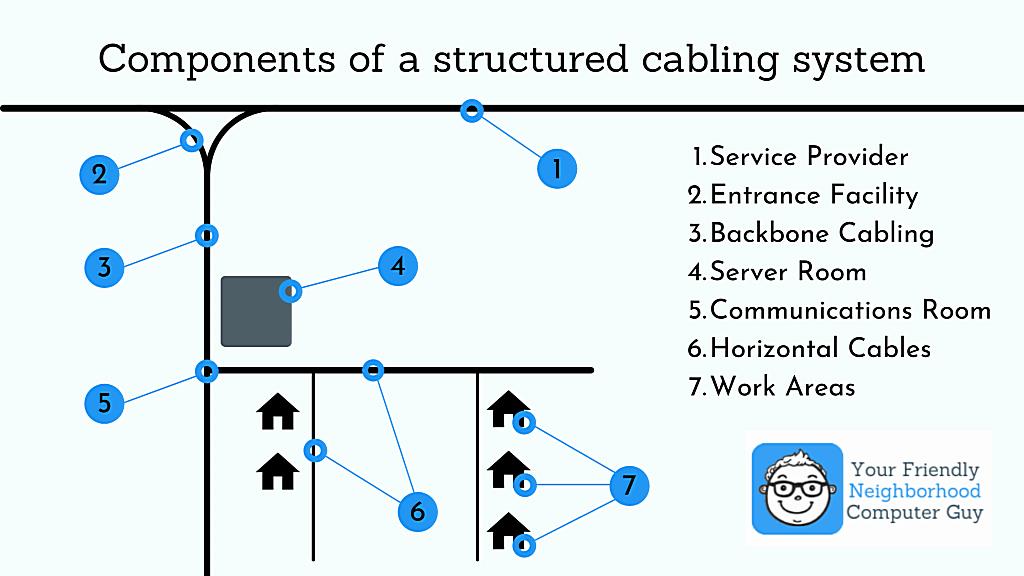You May Also Like :
Decoding Cabling Conundrums
1. Understanding the Basics
Ever tripped over a rat’s nest of cables behind your TV or under your desk? We’ve all been there! That chaotic mess highlights the need for understanding different cabling methods. Today, we’re diving into the world of network cabling, specifically contrasting point-to-point and structured cabling. Think of it as comparing a tangled fishing line to a neatly organized tackle box. Both catch fish, but one makes your life a whole lot easier!
The main difference? Well, “point-to-point” (noun) cabling, as the name suggests, creates a direct link between two devices. Imagine running a dedicated Ethernet cable directly from your computer to your printer — that’s point-to-point in action. It’s simple, perhaps even charming in its straightforwardness, but it doesn’t scale well.
Now, “structured cabling” (noun) is the more sophisticated, organized sibling. It uses a standardized system of cables, connectors, and panels to create a network infrastructure. Instead of direct connections, devices connect to a central point, often a patch panel in a server room or network closet. This allows for easier management, modifications, and troubleshooting.
Consider structured cabling like the electrical wiring in your house. You don’t run a separate wire directly from the power plant to your toaster, right? Instead, electricity flows through a structured system of wires and outlets, allowing you to plug in various devices wherever you need them. Structured cabling offers the same flexibility and scalability for your network.
The Point-to-Point Perspective
2. When Direct is Too Direct
The appeal of point-to-point cabling lies in its simplicity. It’s relatively easy to set up a direct connection between two devices, especially for temporary or small-scale needs. Think of quickly connecting two computers to share a file — a single cable can do the trick.
However, the limitations become apparent as your network grows. Imagine adding more devices one by one, each requiring its own dedicated cable. Before you know it, you’ll have a tangled web of wires that’s difficult to manage, troubleshoot, and expand. Identifying the correct cable for a specific connection can become a nightmare. Finding the source of a network issue within that spaghetti is like searching for a needle in a haystack.
Another disadvantage of point-to-point cabling is its lack of flexibility. If you need to relocate a device, you might need to reroute the entire cable. This can be time-consuming and disruptive, especially in a busy office environment. And don’t forget the aesthetic impact — a mass of exposed cables isn’t exactly a visual masterpiece.
Furthermore, point-to-point setups rarely adhere to industry standards, which can lead to compatibility issues and performance bottlenecks down the line. Trying to integrate a non-standard cable into a more sophisticated network can be like trying to fit a square peg in a round hole — it just won’t work smoothly.
Structured Cabling
3. The Architected Network
Structured cabling, in contrast, brings order to the chaos. It’s a meticulously planned system designed for scalability, manageability, and performance. It involves using standardized cables, connectors, patch panels, and network racks to create a organized network infrastructure. It’s like building a house with a solid foundation and well-defined blueprints.
One of the key advantages of structured cabling is its ease of management. All cables are neatly organized and labeled, making it easy to identify and troubleshoot connections. Adding or moving devices is a simple matter of plugging them into the appropriate patch panel port. This reduces downtime and improves efficiency.
Structured cabling also offers superior performance. By using high-quality cables and adhering to industry standards, it ensures reliable data transmission and minimizes signal interference. This is crucial for demanding applications such as video conferencing, data centers, and high-speed networking.
Moreover, structured cabling enhances the overall aesthetic appeal of your network environment. Cables are neatly routed and concealed, creating a clean and professional look. This can be especially important in customer-facing areas or data centers where visual appeal matters.
Cost Considerations
4. Weighing the Investment
Initially, point-to-point cabling might seem like the more cost-effective option. You’re only buying the cables you need for each direct connection, avoiding the upfront investment in a structured cabling system. But, it’s important to consider the long-term costs.
While the initial outlay for structured cabling can be higher, it often pays for itself in the long run. Reduced downtime, easier troubleshooting, and increased scalability can translate into significant cost savings over time. Think of it like buying a fuel-efficient car — the initial cost might be higher, but you’ll save money on gas in the long run.
Also, the labor costs associated with managing a point-to-point network can quickly add up. Troubleshooting a tangled web of cables takes time and expertise, which translates into higher labor bills. With structured cabling, troubleshooting is often a simple matter of tracing a cable through the patch panel.
Consider also the cost of potential network outages caused by cable failures or misconnections. A poorly maintained point-to-point network is more susceptible to these types of issues, which can disrupt business operations and lead to lost revenue. Structured cabling’s inherent organization and standardization minimizes these risks.
Making the Right Choice
5. Matching Cabling to Your Needs
Ultimately, the best cabling method depends on your specific needs and requirements. If you have a very small, static network with only a few devices, point-to-point cabling might be sufficient. However, for most businesses and organizations, structured cabling is the preferred choice.
Consider factors such as network size, growth potential, performance requirements, budget, and management capabilities. If you anticipate your network growing in the future, structured cabling is the clear winner. It provides the scalability and flexibility you need to adapt to changing business needs.
If you require high performance and reliability, structured cabling is also the better option. It ensures consistent data transmission and minimizes the risk of network outages. This is crucial for businesses that rely on their network for critical operations.
Finally, think about the long-term manageability of your network. A well-designed structured cabling system will save you time and money in the long run by simplifying troubleshooting, maintenance, and upgrades. It’s an investment in the future of your network infrastructure.
FAQ
6. Your Cabling Queries, Sorted.
We’ve covered a lot, so let’s address some common questions:
Q: Can I mix point-to-point and structured cabling in my network?
A: Technically, yes, but it’s generally not recommended. It can create management headaches and compromise overall network performance. Ideally, you should strive for a consistent cabling infrastructure throughout your network.
Q: Is structured cabling only for large businesses?
A: Not at all! While it’s commonly used in large enterprises, structured cabling can also benefit small and medium-sized businesses. It provides a reliable and scalable network infrastructure that can support future growth.
Q: Can I install structured cabling myself?
A: While it’s possible to install structured cabling yourself, it’s generally best to hire a qualified professional. They have the expertise and equipment to ensure proper installation and adherence to industry standards. Improper installation can lead to performance issues and reliability problems.
Q: What are the main components of a structured cabling system?
A: The key components include horizontal cabling (the cables that run from the patch panel to the wall outlets), patch panels (used to connect and manage cables), backbone cabling (the cables that connect different network segments), and network racks (to house the equipment).
Q: How do I choose the right type of cable for my structured cabling system?
A: The type of cable you choose will depend on your specific bandwidth requirements and network environment. Common types of cables include Cat5e, Cat6, Cat6a, and fiber optic cables. Consult with a cabling professional to determine the best option for your needs.


